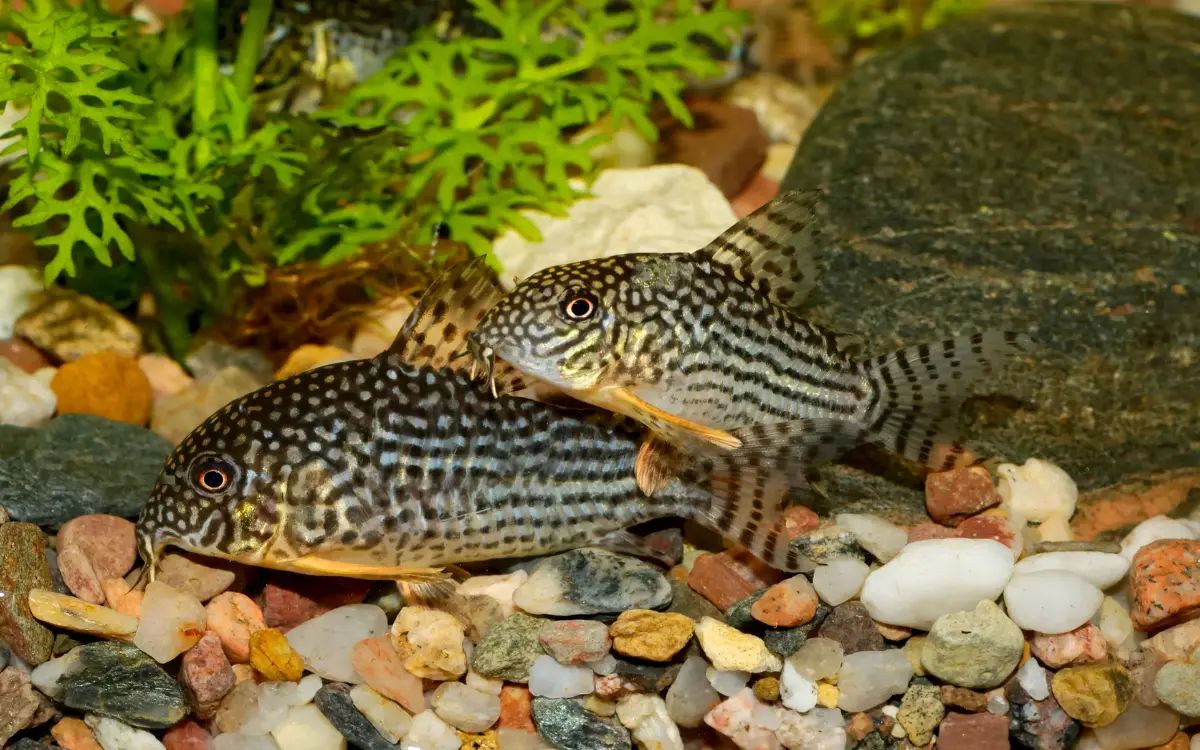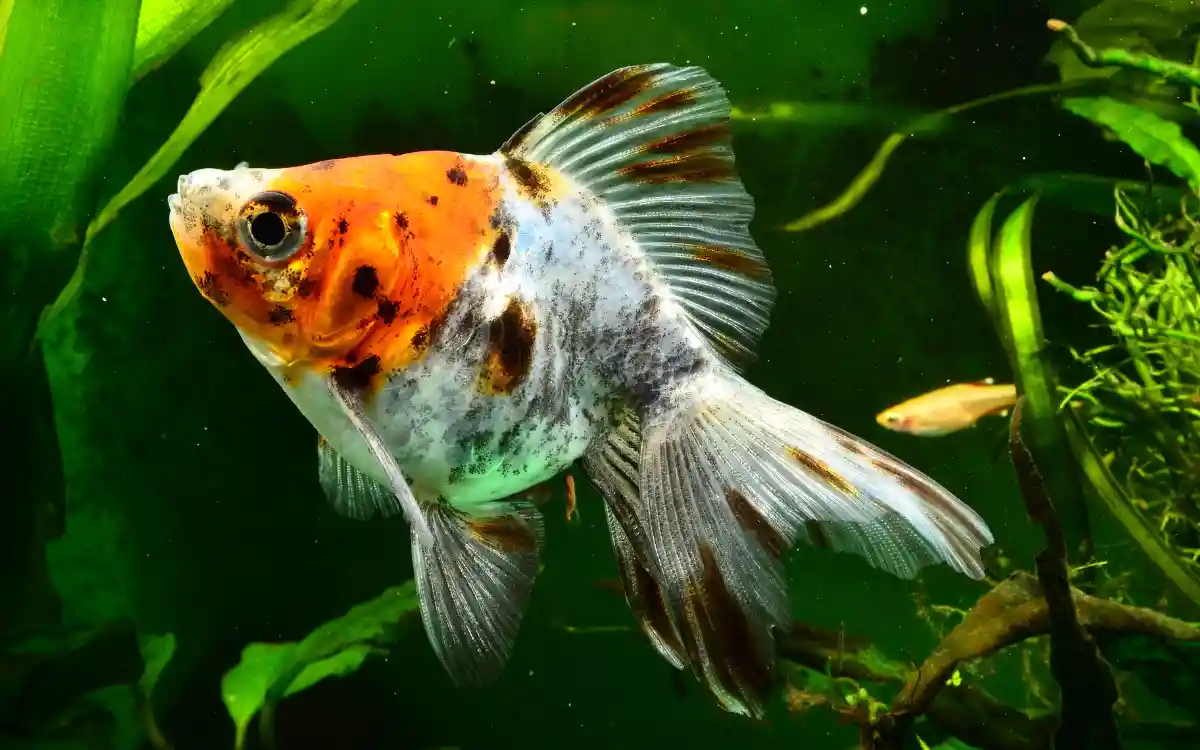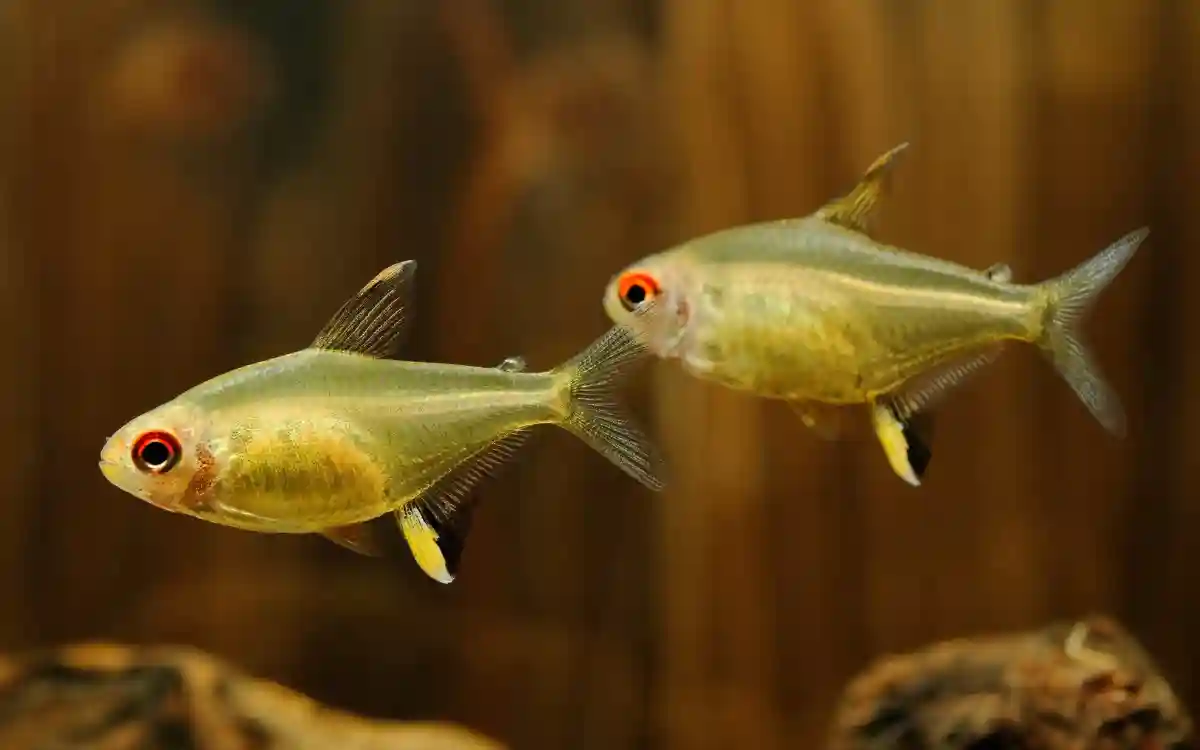15 Tropical Fish for Beginners
Here’s a handpicked list of tropical fish that are perfect for beginners. These species are known for their hardiness, peaceful nature, and vibrant colors plus, they’re all easy to feed and widely available.
For each fish below, we’ve included a quick intro and a link to a full care guide if you want to learn more before adding them to your tank.
1. Guppies

Guppies are colorful, active, and extremely beginner-friendly. They come in endless varieties and are easy to care for, making them one of the top tropical fish for first-time hobbyists.
➤ Read more: Guppy Fish Care Guide
2. Platy Fish
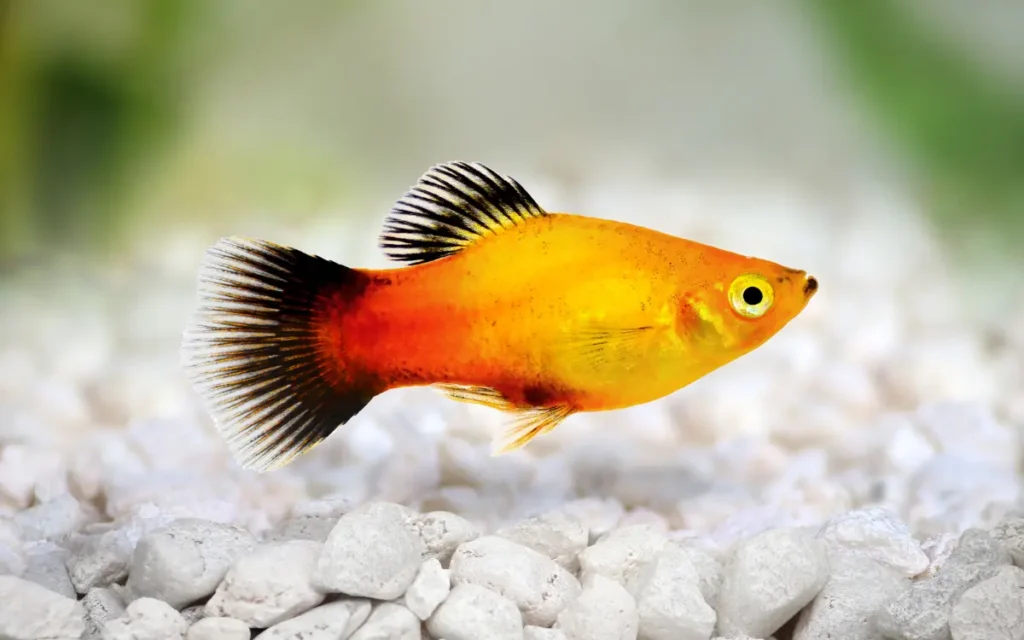
Platies are peaceful, social fish that thrive in small groups. They do well in planted tropical tanks and tolerate a wide range of water conditions.
➤ Full profile: Platy Fish Care Guide
3. Mollies
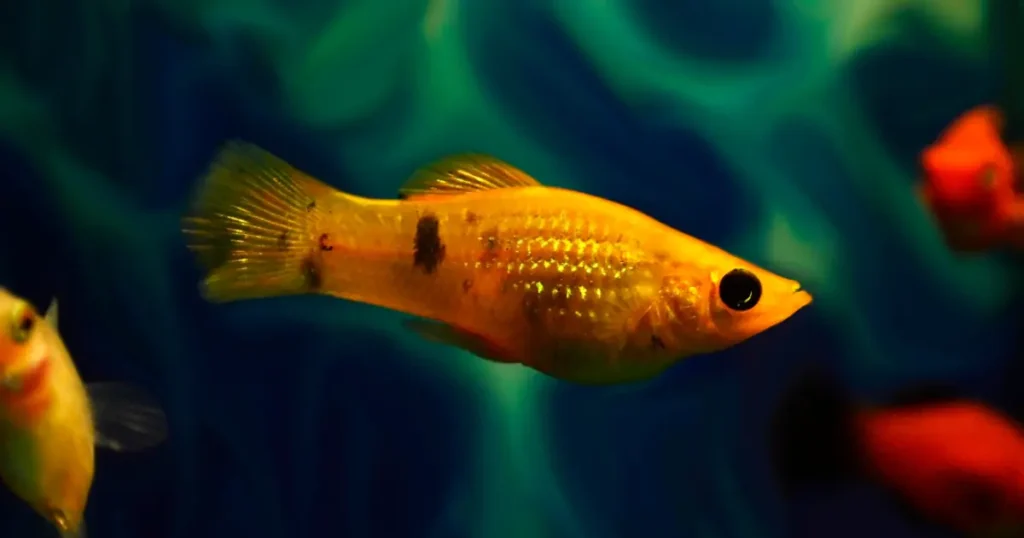
Mollies are lively and come in various types (short-fin, sailfin, balloon). They’re slightly larger than guppies and do best in stable, heated tanks with plenty of swimming space.
➤ Learn more: Molly Fish Overview
4. Swordtails
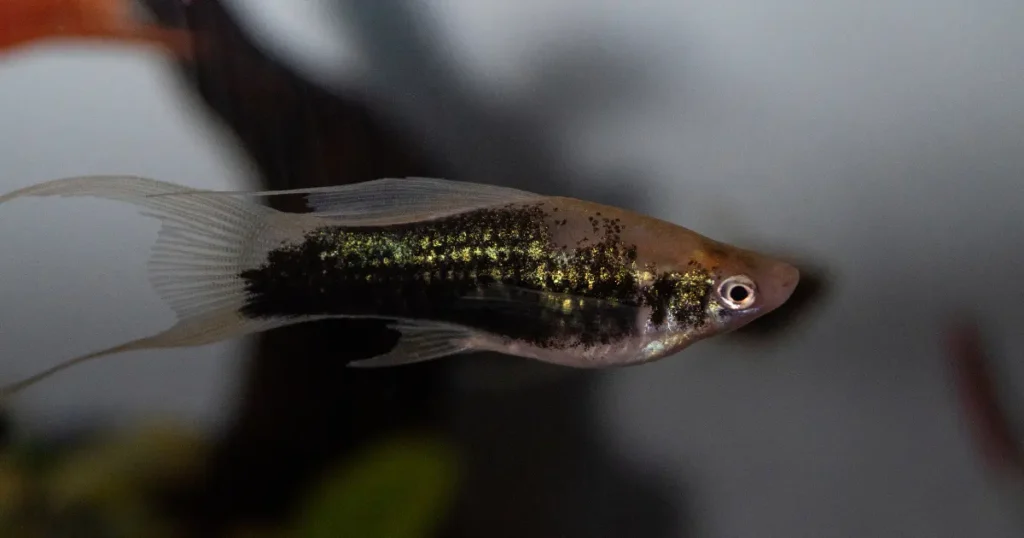
With their signature sword-like tails and bold colors, swordtails are hardy and thrive in community tanks. They prefer a bit more space and swim actively throughout the tank.
5. Zebra Danios

Zebra Danios are tough, fast swimmers that love groups. They adapt easily to different conditions, making them ideal for new setups and beginner tanks.
➤ Read: Zebra Danio Care
6. Cherry Barbs

Unlike other barbs, Cherry Barbs are calm and beginner-safe. They do best in planted tanks and show rich color in groups.
➤ Learn more: Cherry Barb Care Guide
7. Harlequin Rasboras
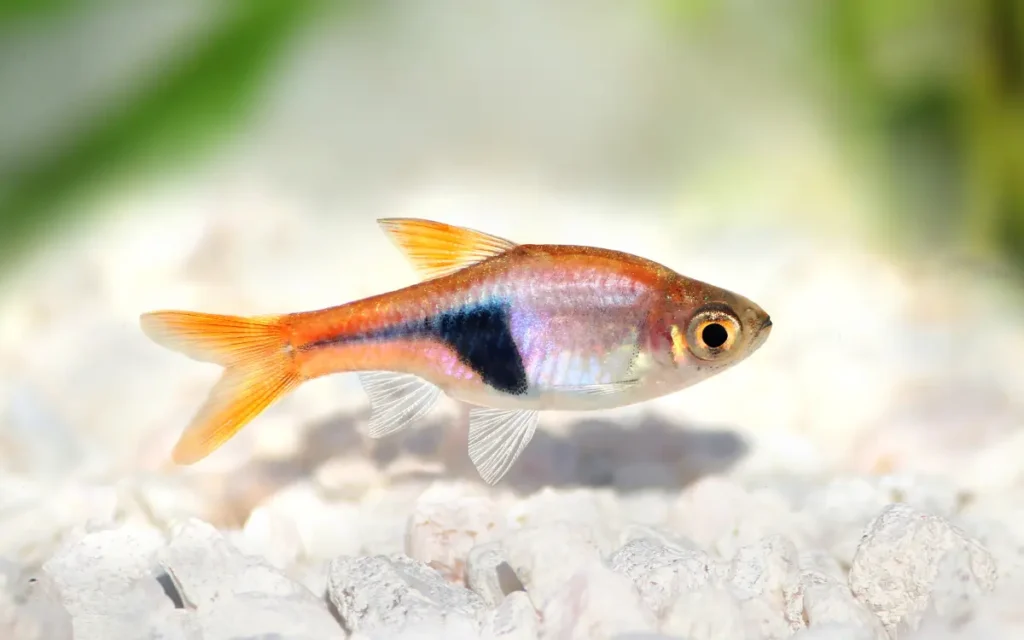
Known for their peaceful schooling behavior and striking body markings, harlequin rasboras are easy to care for and mix well in tropical communities.
➤ Read more: Harlequin Rasbora Care
8. Neon Tetras
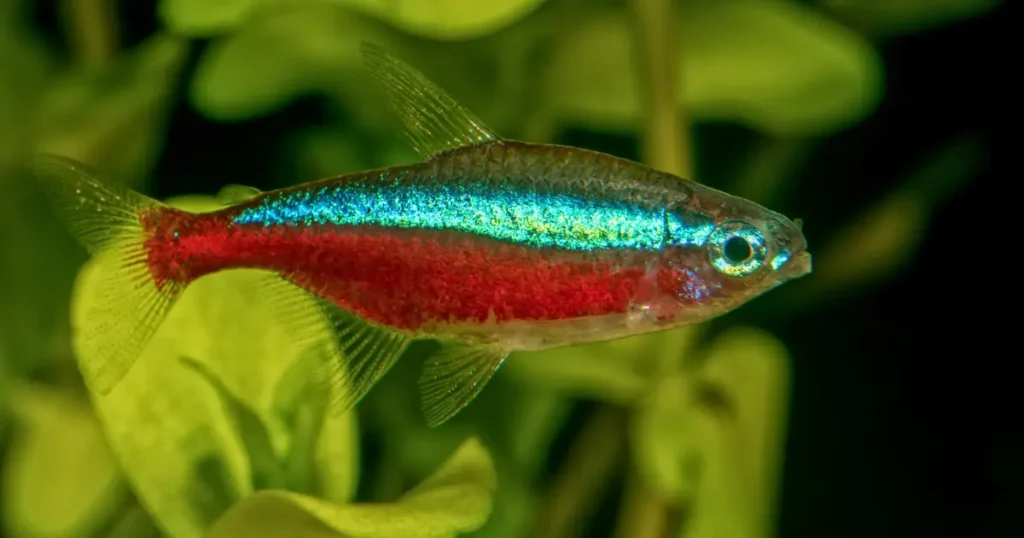
Small, glowing, and friendly neon tetras are tropical classics. They prefer stable water and do best in schools of six or more.
➤ Full guide: Neon Tetra Care
9. Ember Tetras
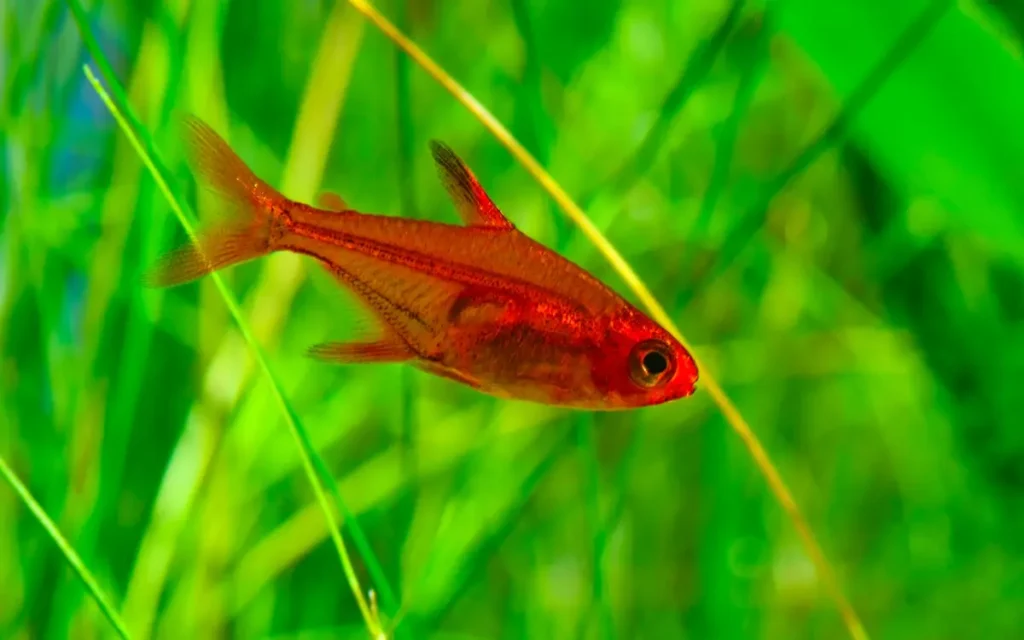
These tiny, orange-red fish are great for nano tropical tanks. They’re gentle and feel more confident in groups, especially in well-planted tanks.
➤ Read more: Ember Tetra Care Guide
10. Corydoras Catfish
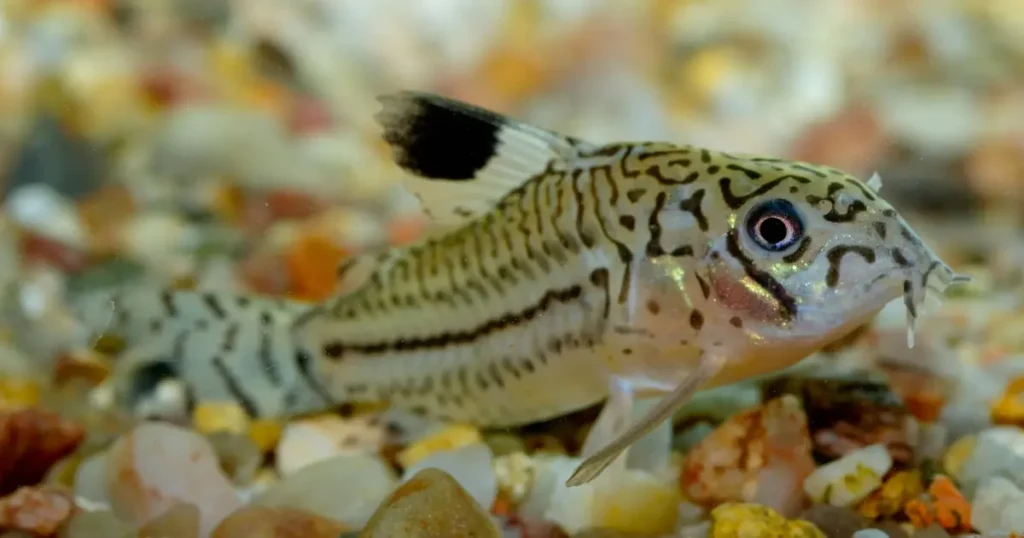
Cory catfish are bottom dwellers that help clean the tank floor. They’re peaceful, fun to watch, and best kept in groups of at least four.
➤ Care tips: Cory Catfish
11. Kuhli Loaches
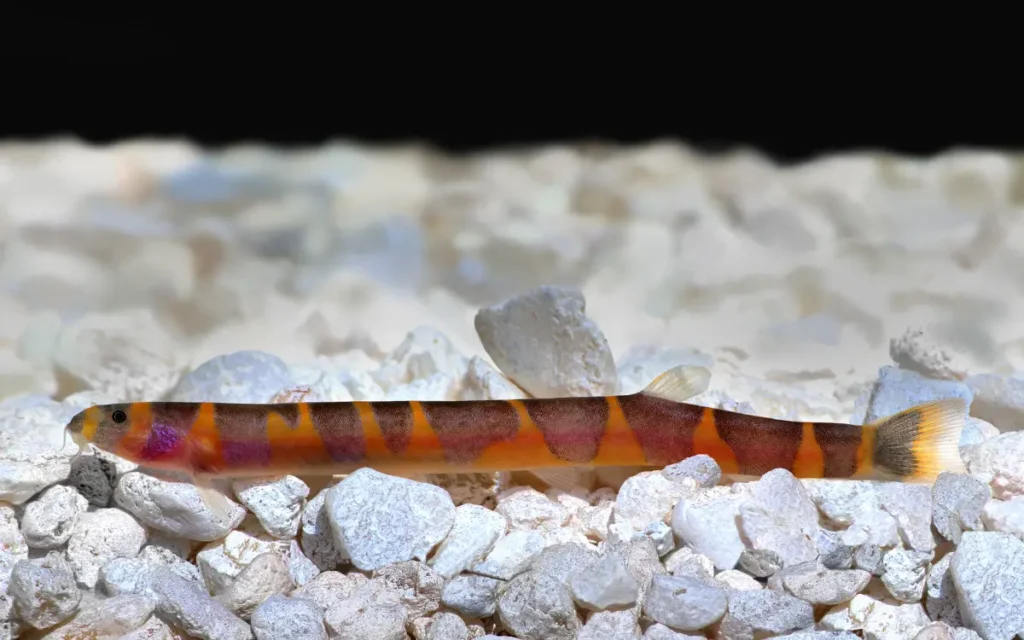
Kuhli loaches look like little eels and hide during the day. They’re shy, peaceful, and thrive in soft substrate tanks with plenty of hiding places.
➤ Read more: Kuhli Loach Tank Mates
12. Bristlenose Pleco
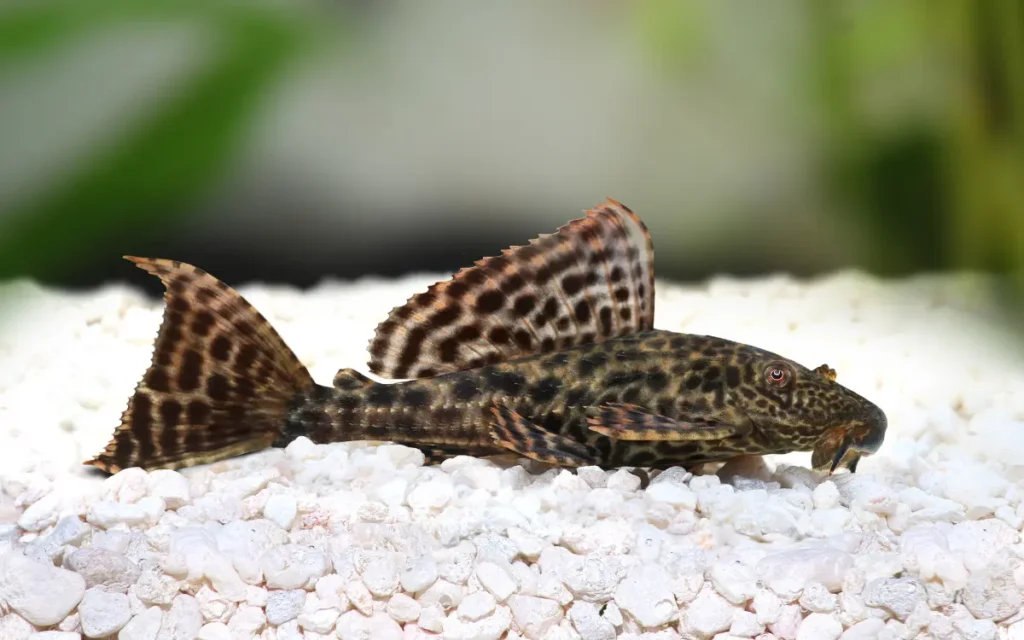
Smaller than common plecos, this species eats algae and stays under 5 inches. It’s hardy, peaceful, and easy to feed.
13. Dwarf Gourami
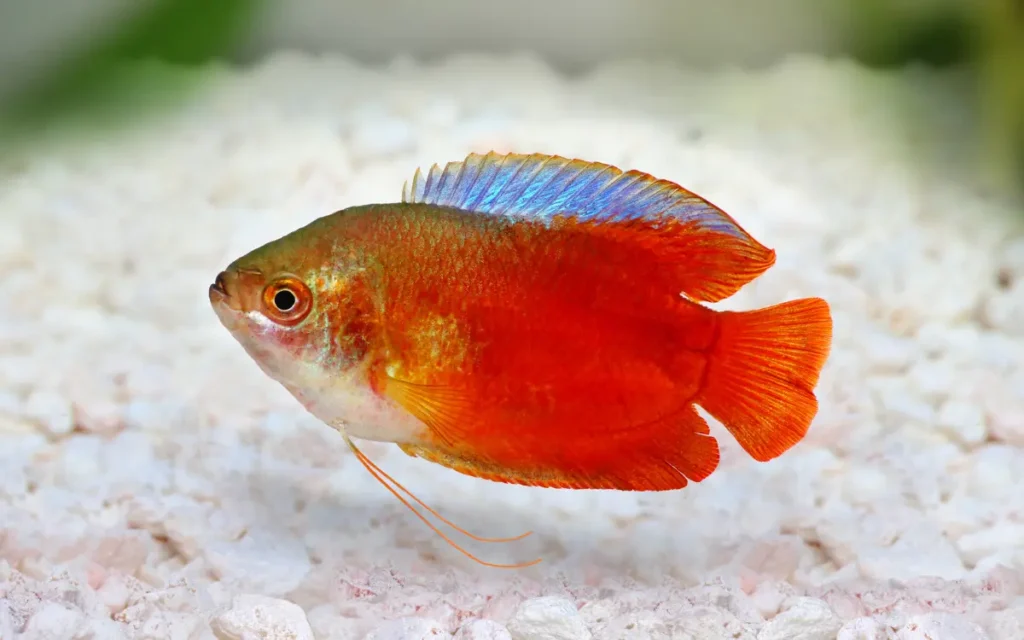
These colorful centerpiece fish are calm, intelligent, and relatively easy to care for. Just avoid keeping multiple males in the same tank.
➤ Learn more: Dwarf Gourami Care
14. White Cloud Mountain Minnows
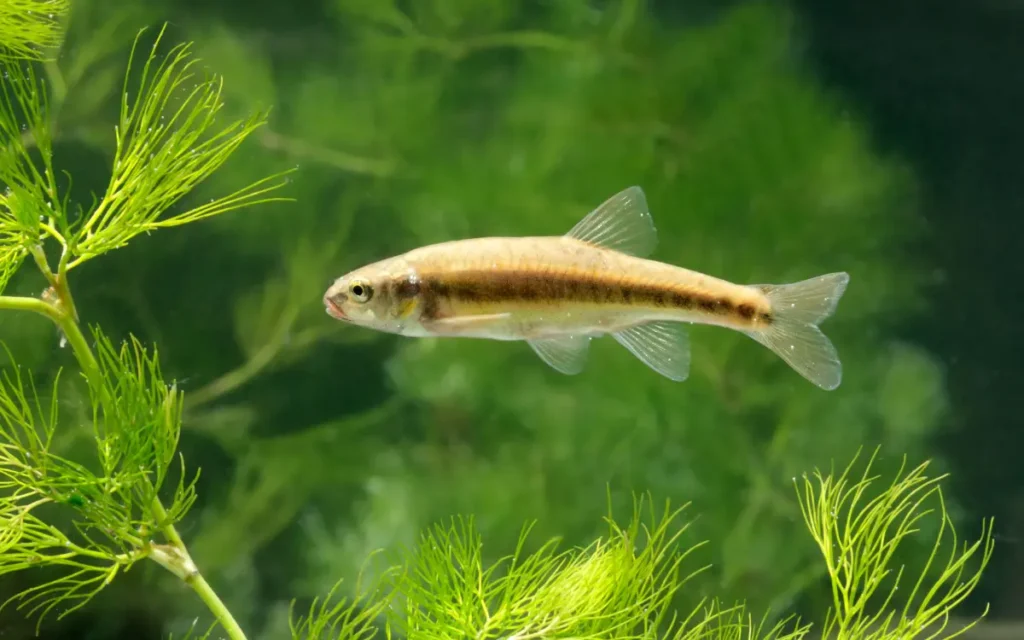
Though not purely tropical, these cool-water fish do well in stable, unheated tropical setups in warmer climates. They’re hardy and peaceful.
➤ Learn more: White Cloud Minnow Overview
15. Endler’s Livebearers
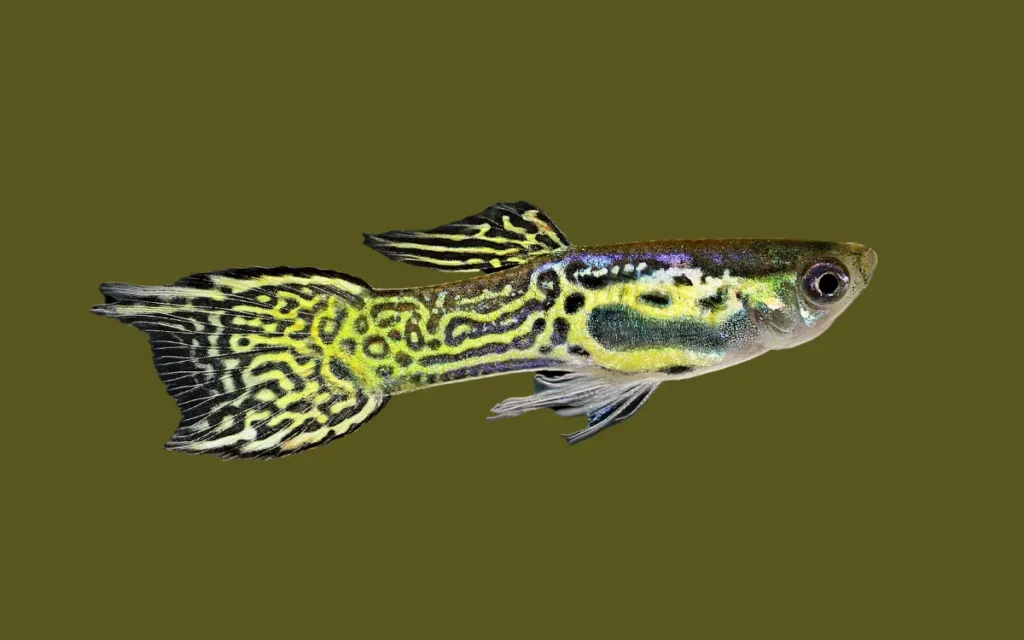
Think of Endlers as mini-guppies just as easy, even more colorful, and great for small tropical aquariums.
Which Tropical Fish Can Live Together?
One of the biggest concerns for beginners is whether their tropical fish will get along. The good news? Many beginner-friendly tropical species are peaceful and community-safe, as long as you plan your combinations wisely.
Here are a few safe tropical combinations for beginners:
Peaceful Community Setup (10–20 gallons):
- Guppies
- Platies
- Corydoras catfish
- Harlequin rasboras
- Cherry barbs (1 male per 2 females)
These fish all get along well, swim in different levels of the tank, and are easy to care for. Just avoid overstocking.
Schooling Nano Tank Setup (10 gallons):
- Ember tetras
- Neon tetras
- Endler’s livebearers
- Amano or cherry shrimp (optional)
These fish enjoy being in groups and thrive in planted tanks with low current.
Centerpiece Tank (15–20 gallons):
- Dwarf gourami (1 male)
- Guppies or platies
- Corydoras catfish or kuhli loaches
A dwarf gourami can add a splash of color and personality. Just make sure there’s enough space and hiding spots.
Tropical Fish to Avoid Mixing (at first):
- Male bettas with guppies (can mistake their fins for rivals)
- Tiger barbs (fin-nippers, too aggressive for small tanks)
- Common plecos (grow too large for most beginner tanks)
- Multiple gourami males in small tanks (territorial issues)
Tip: Always research compatibility and tank size before adding new species. A peaceful tank starts with good planning.
How Many Tropical Fish Should You Start With?
It’s exciting to fill a new tank with colorful fish — but adding too many too soon is one of the most common beginner mistakes.
Here’s a simple rule to follow:
➤ “1 inch of fish per gallon” (as a starting guide)
This means:
- In a 10-gallon tank, you could safely keep about 6–8 small fish (like guppies or tetras)
- In a 20-gallon tank, you can fit a small community setup with multiple species
Start slowly. Add a few hardy fish first (like guppies or platies), monitor your water, and gradually introduce more once the tank is cycled and stable.
Best Tank Size for Tropical Fish
While 5-gallon tanks are popular, 10–20 gallons is the sweet spot for beginners.
5-Gallon Tanks
- Best for: Betta, endlers, or shrimp-only setups
- Not much room for error or for adding more fish
10-Gallon Tanks
- Great for small schools (like neon tetras) or 2–3 species combinations
- Easier to maintain stable water quality
20-Gallon Tanks
- More space = more fish, more stability, and more options
- Allows for community tanks with bottom dwellers, mid-swimmers, and even a centerpiece fish like a gourami
Bigger tanks are actually easier to manage in the long run — more water volume = fewer dramatic shifts in temperature or chemistry.
Feeding Tropical Fish: Simple & Easy
Feeding tropical fish is easy once you find the right rhythm. Here’s what beginners need to know:
- Feed once or twice a day
- Only offer what they can eat in 2 minutes
- Staple diet: quality flakes or micro pellets
- Treats (2x/week): frozen or freeze-dried brine shrimp, daphnia, or bloodworms
Too much food can quickly dirty your tank. Stick to a routine, and remove uneaten food after feeding.
Common Mistakes to Avoid as a Beginner
Even easy tropical fish need good care. Here are the top beginner mistakes to watch out for:
- Adding fish too soon (before the tank cycles)
- Overstocking a small tank
- Skipping water changes
- Feeding too much or too often
- Mixing incompatible fish
- Not using a heater or filter when required
Take your time with setup, choose your species carefully, and avoid impulse buys — that’s how you build a stress-free, successful tropical tank.
FAQ:
What are tropical fish?
Tropical fish are freshwater species that need warm water (typically 74–80°F) and live in heated, filtered aquariums.
Do tropical fish need a heater?
Yes. Most tropical fish require a stable water temperature using a reliable aquarium heater.
What is the easiest tropical fish to start with?
Guppies, platies, and mollies are some of the best choices — hardy, colorful, and widely available.
Can I mix tropical and coldwater fish?
It’s not recommended. Different temperature needs can stress both types. Stick with tropical fish for a tropical tank.
How many fish can I put in my tank?
Use the 1 inch of fish per gallon rule as a guide, and always consider adult size and tank mates.

